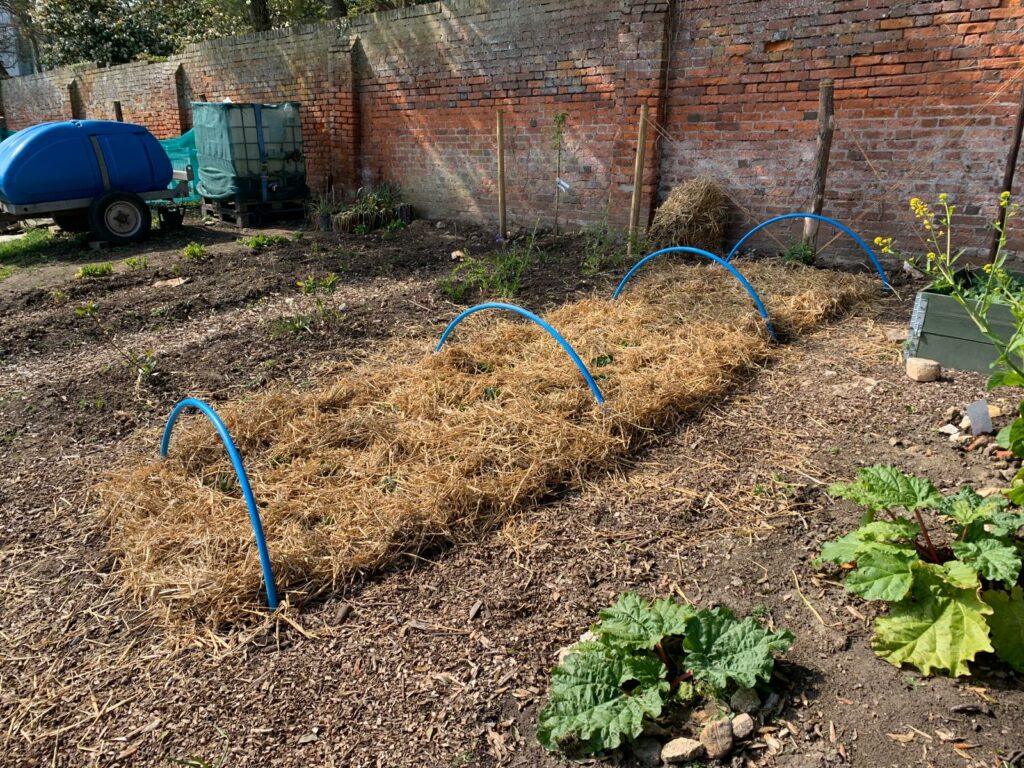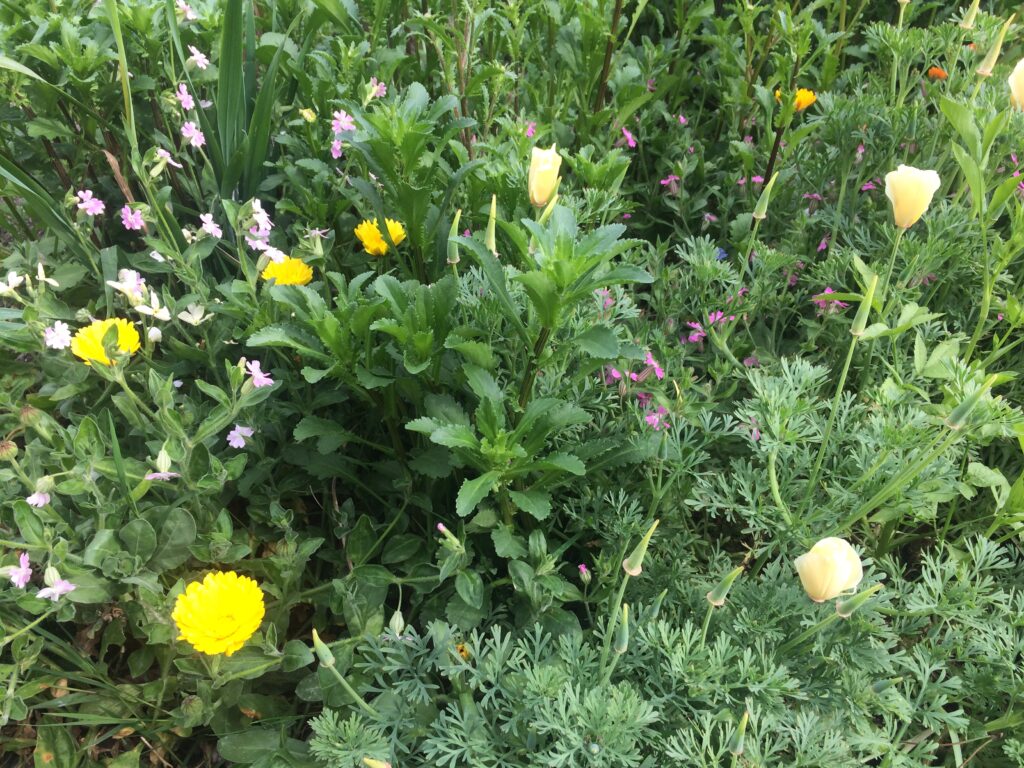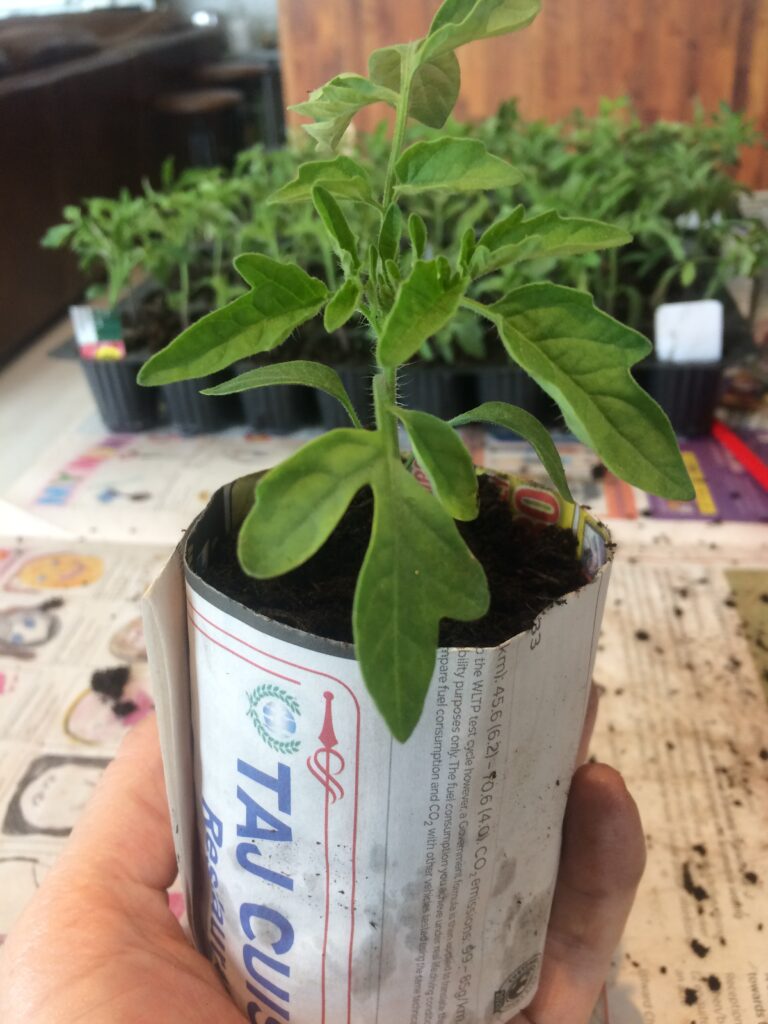Next release of spare plants will be Saturday 16th May, from 10am until 12 noon at the garden. We have several outdoor cucumber plants, as well as some courgettes and a few squashes, maybe even a few cucamelon plants if they get a rift on!
We would like to say a big thank you to the Sandgate Society, for giving us another £100, which has already been put towards a lorry load of soil conditioner and improver. There is only one part of the garden which has not been covered so far, and that is where the garlic and onions are growing. Once they have been harvested, we will get to work and prepare the bed for planting up straight away with sweet corn, courgettes and squashes. Thanks also to Tina for the pond weed and a couple of bee friendly plants for around the pond – much appreciated.
We have had a little flurry of enquiries from a few people wishing to join us in looking after the garden. Currently we are managing to work via our WhatsApp group by posting pictures and videos, and so it is difficult to integrate new members, but we hope they will bear with us until restrictions get lifted.
This week we have been putting down even more paths with wood chips, and potting up lots of seedlings. The potatoes have started to show themselves above ground and so we have covered them up with soil, or earthed them up, to give them extra growing depth. Frustrated at the two month delay in the asparagus crowns delivery, and in spite of complaining that it was too late, half of the asparagus turned up in the post on Saturday morning and had to be transplanted to the prepared plot. It will need some tender loving care for sure and we will certainly not be ordering from that supplier again. Goodness knows when the other half of the order will appear! One of the pictures below shows what a one year old asparagus crown looks like. They are very large and these were more than 60cm in diameter.
Bee news
What a busy week in the bee section of the garden. Ray has brought another colony of bees, kindly donated by his father Tony, with another queen and hive! The bees are known as Buckfast bees, lighter and yellow in colour compared to the other dark bees already in situ. So very exciting to have this new addition and it is interesting to see bees and work out if they are the honey bees, and if so from which hive, or if they are wild bees. Ray and Chris will be spending some time making sure the new queen has settled with her colony and is starting to lay eggs inside the new hive. From their last report, there were encouraging signs of this already happening.
What’s next?
- Might be able to remove all the fleece coverings if the weather is settled
- Might be planting the other half of the asparagus
- More weeding and path making if we have enough cardboard to put down first
- Check for any flowering onions and garlic, remove flower heads
- Compost bins are full again and will need turning.
- Bit more potato leaf covering required

Asparagus crown 
Garlic 
Strawberry bed 
Checking the bees 
Checking the bees


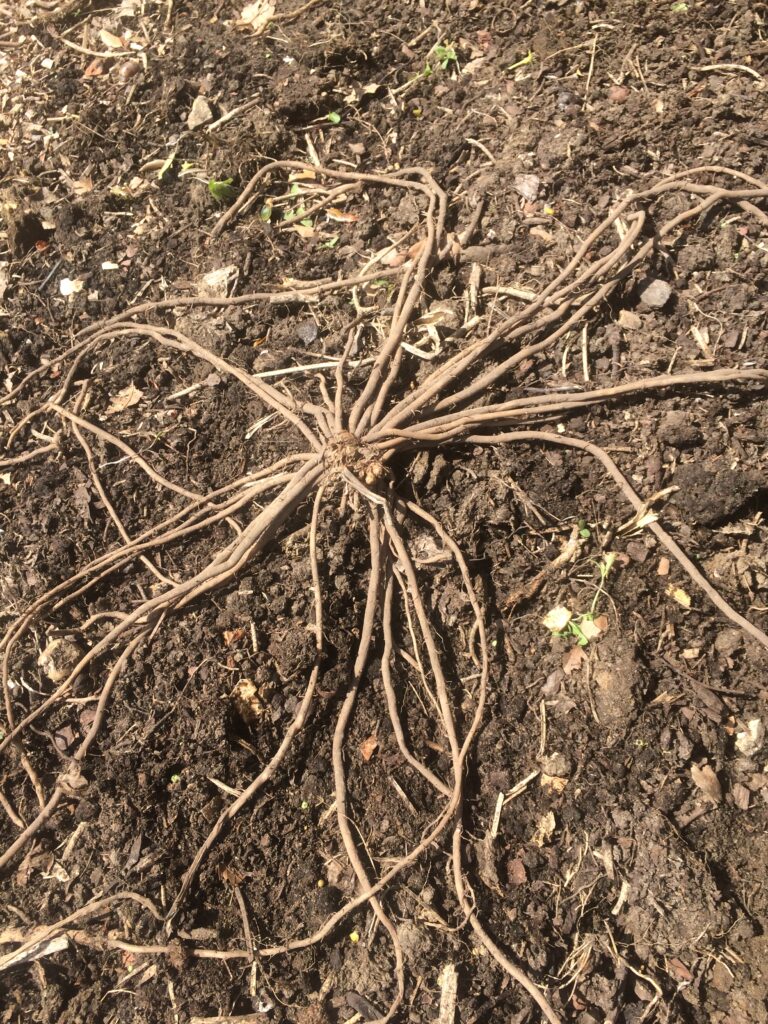
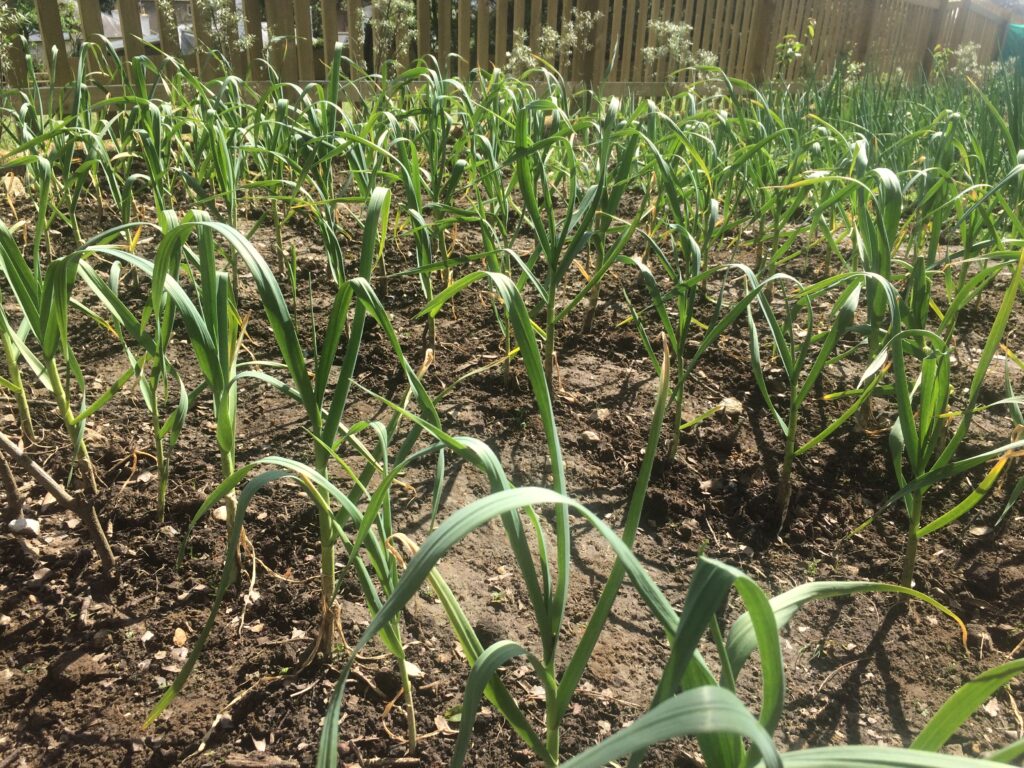
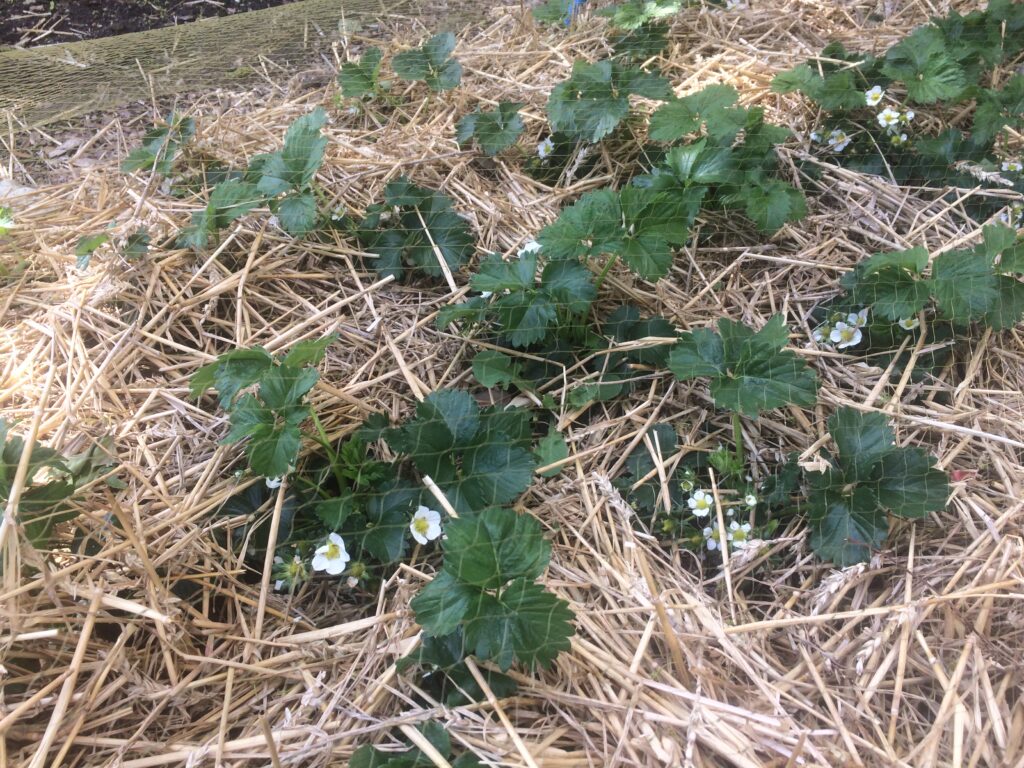
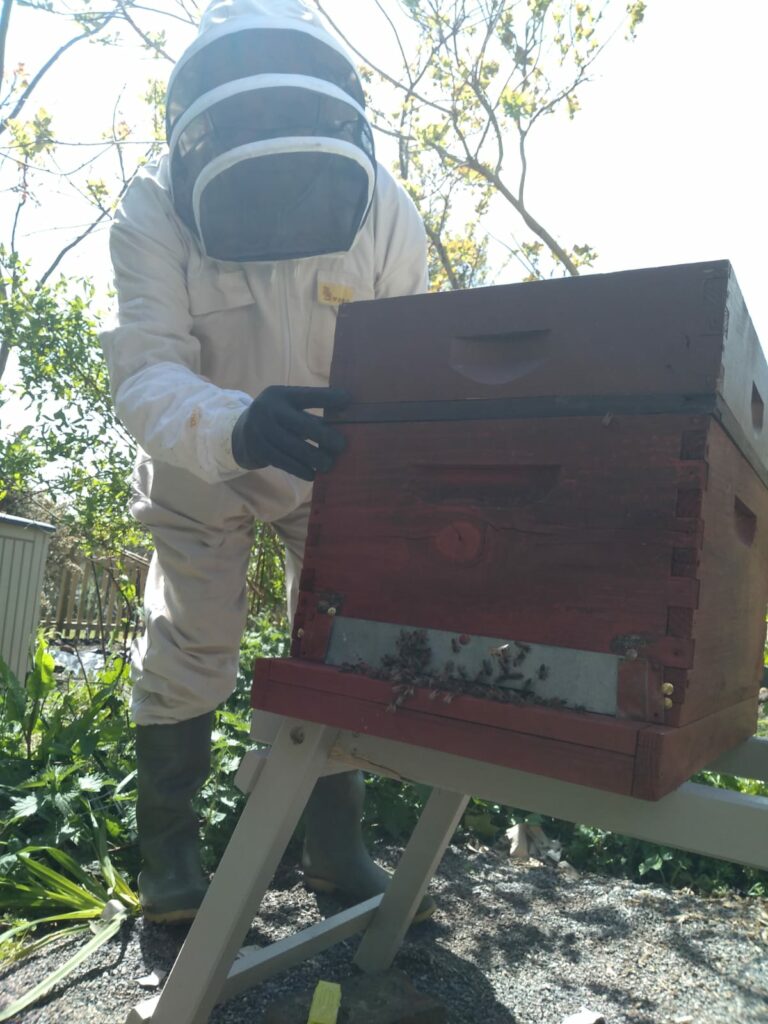
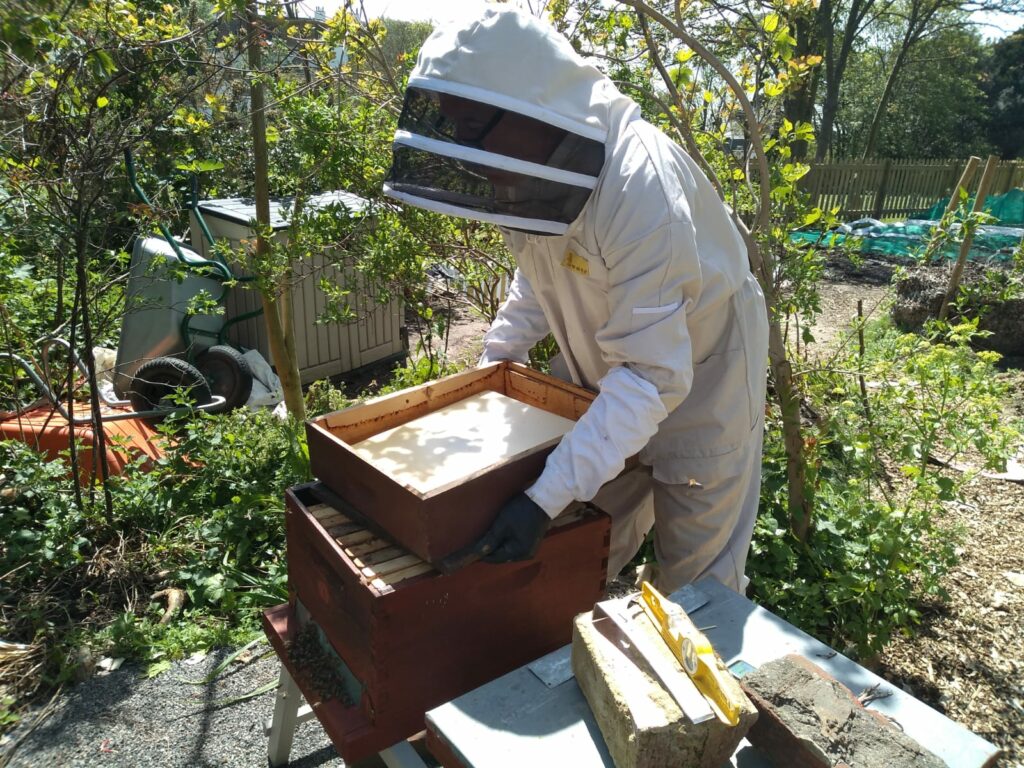
 Sandgate’s War Memorial at the junction of Military Road and Sandgate High Street is a
Sandgate’s War Memorial at the junction of Military Road and Sandgate High Street is a 




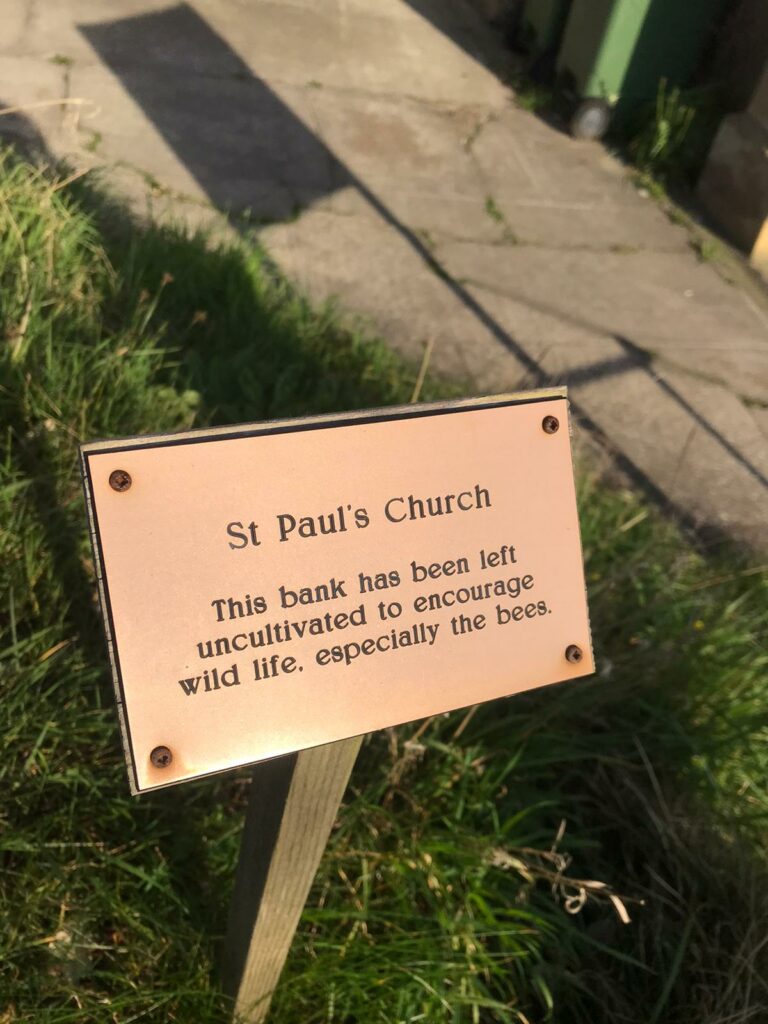
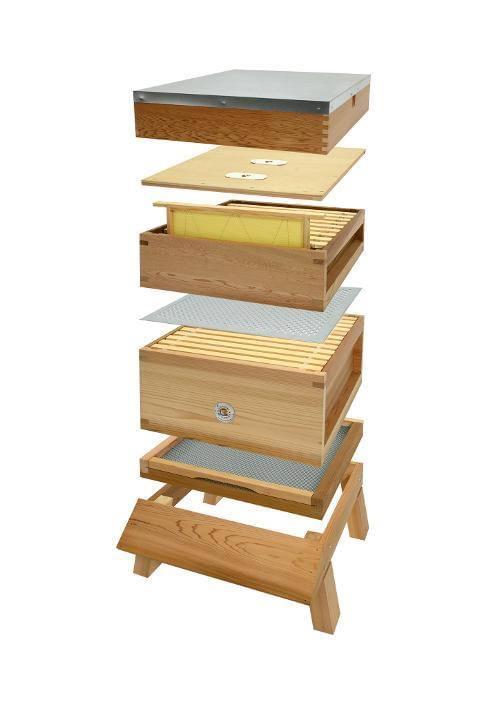
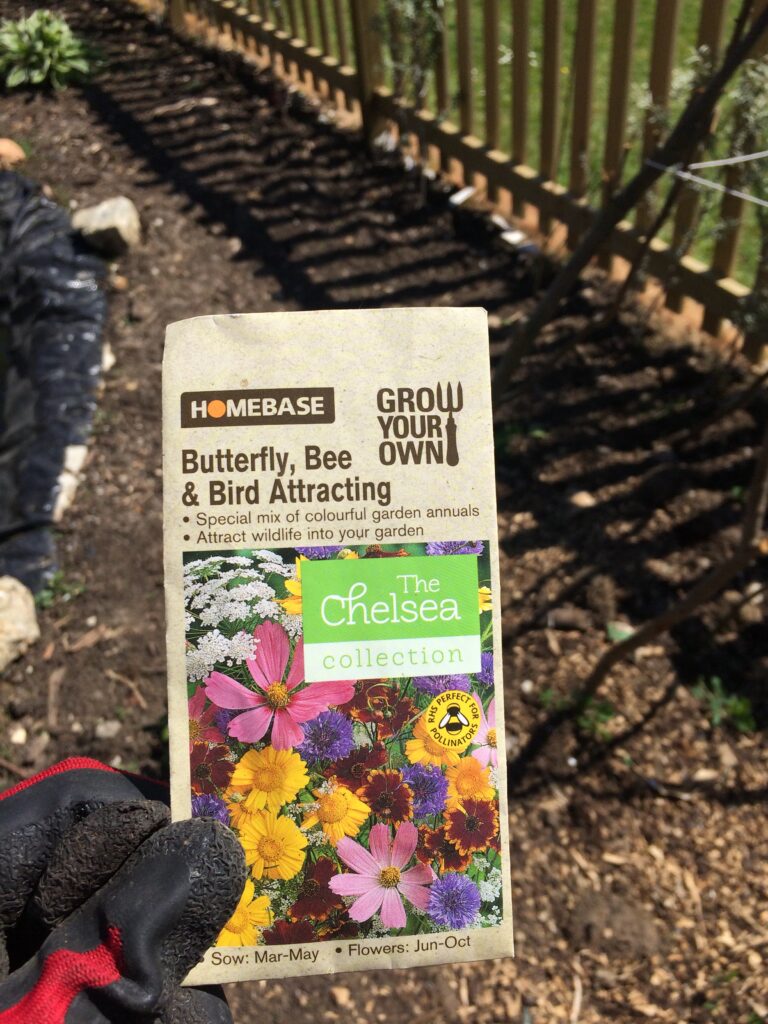
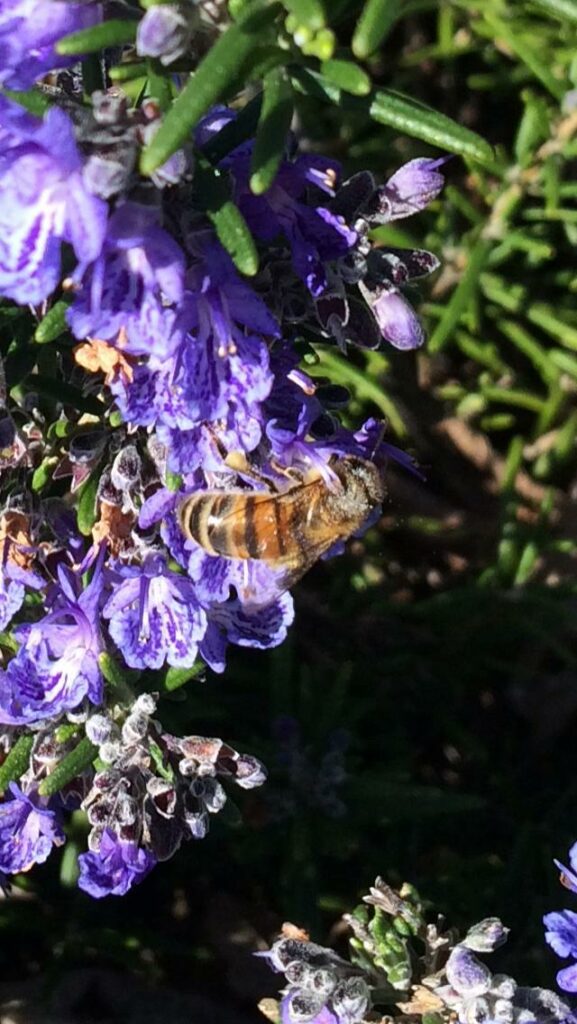
 We’ve been asked by a number of local residents recently if it is allowed to walk or cycle down “The Riviera” which leads from Castle Road to the seafront and a portion of which is private.
We’ve been asked by a number of local residents recently if it is allowed to walk or cycle down “The Riviera” which leads from Castle Road to the seafront and a portion of which is private. From the Sandgate Sea and Food Festival Committee:
From the Sandgate Sea and Food Festival Committee:
